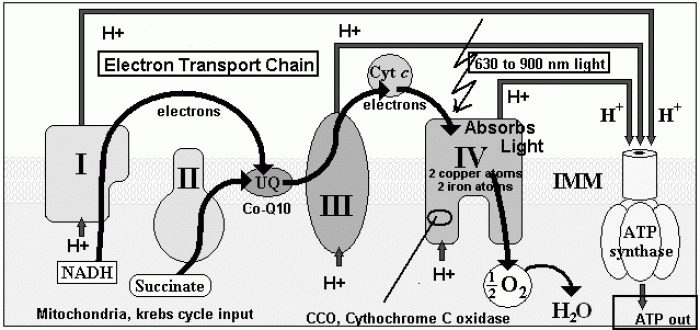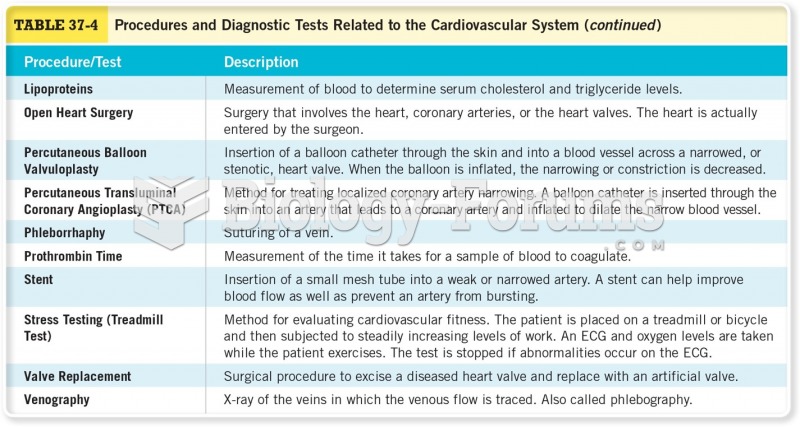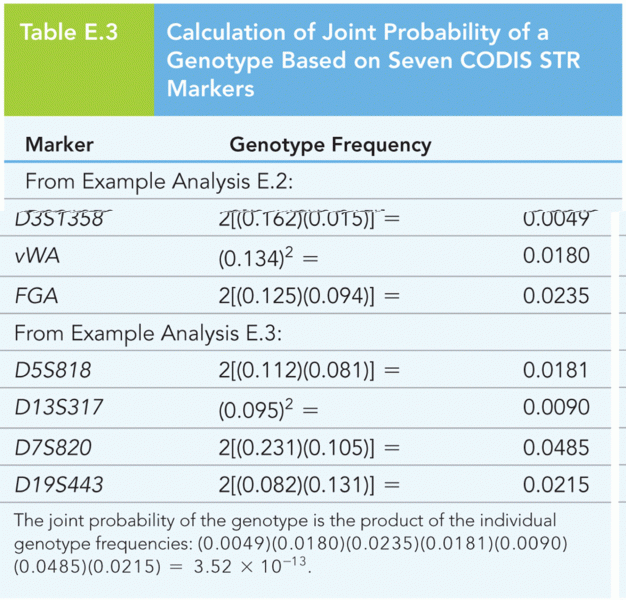Answer to Question 1
The body down-regulates albumin synthesis so that needed positive acute-phase proteins for the immune system (antibodies, complement, cytokines, C-reactive protein), clotting (fibrinogen), and wound healing can be made.
Production of cytokines such as IL-1, IL-6, and tumor necrosis factor (TNF) is increased, which alters hormone secretion to favor a catabolic state, increasing muscle catabolism, gluconeogenesis, and lipolysis. These cytokines also inhibit protein synthesis (albumin, prealbumin, transferrin, retinol-binding protein) and muscle repair.
Extracellular fluid is expanded (due to edema), causing biochemical tests to be diluted and results to appear low.
Resting energy expenditure is elevated/increased and protein requirements are increased, making energy and protein needs difficult to accurately determine.
If the cause of metabolic stress is severe or prolonged, nutrition intervention alone will not prevent muscle protein loss in inflammation if nutritional intake is inadequate. Therefore, measurement of albumin/ prealbumin is not an accurate measure for diagnosis of malnutrition when inflammation is present.
Answer to Question 2
ICD-10 Diagnosis Code E40 - Kwashiorkor
Severe malnutrition with nutritional oedema with dyspigmentation of skin and hair.
ICD-10 Diagnosis Code E41 - Nutritional marasmus
Severe malnutrition with marasmus. (energy depletion/ reduced fat stores out of proportion with lean body mass loss)
ICD-10 Diagnosis Code E42 - Marasmic kwashiorkor
Severe protein-energy malnutrition
- Intermediate form
- Signs of kwashiorkor and marasmus
ICD-10 Diagnosis Code E43 - Unspecified severe protein-energy malnutrition
Severe loss of weight wasting in children or adults, or lack of weight gain in children leading to an observed weight that is at least 3 standard deviations below the mean value for the reference population (or a similar loss expressed through other statistical approaches). When only one measurement is available, there is a high probability of severe wasting when the observed weight is 3 or more standard deviations below the mean of the reference population.
ICD-10 Diagnosis Code E44 - Protein-energy malnutrition of moderate and mild degree
Weight loss in adults/children (or the lack of weight gain in children) that is 1 to 3 standard deviations from the reference population.
ICD-10 Diagnosis Code E45 - Retarded development following protein energy malnutrition
Short stature, stunting, or physical retardation related to malnutrition
ICD-10 Diagnosis Code E46 - Unspecified protein-energy malnutrition
Malnutrition or protein-energy imbalance that is not specified otherwise.








